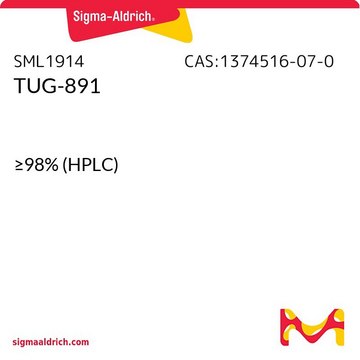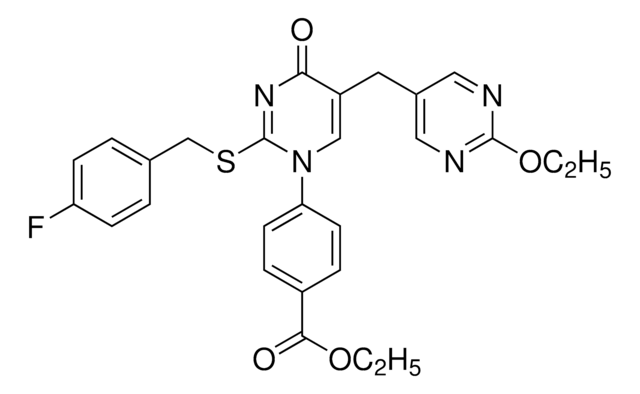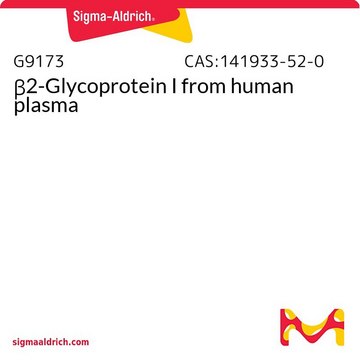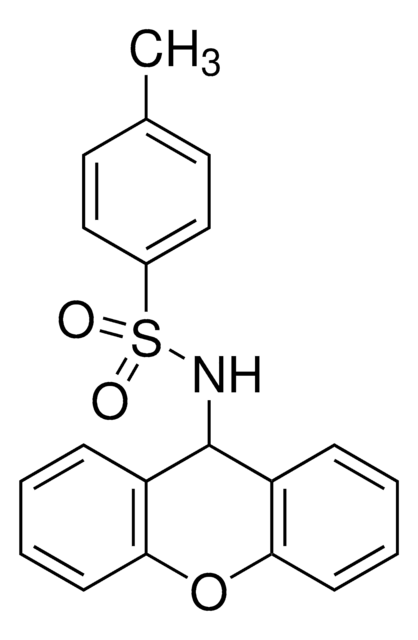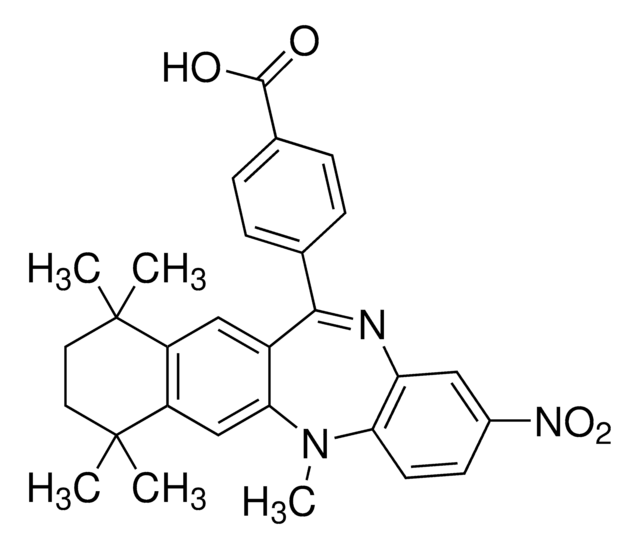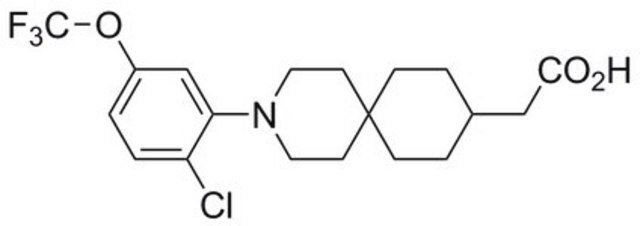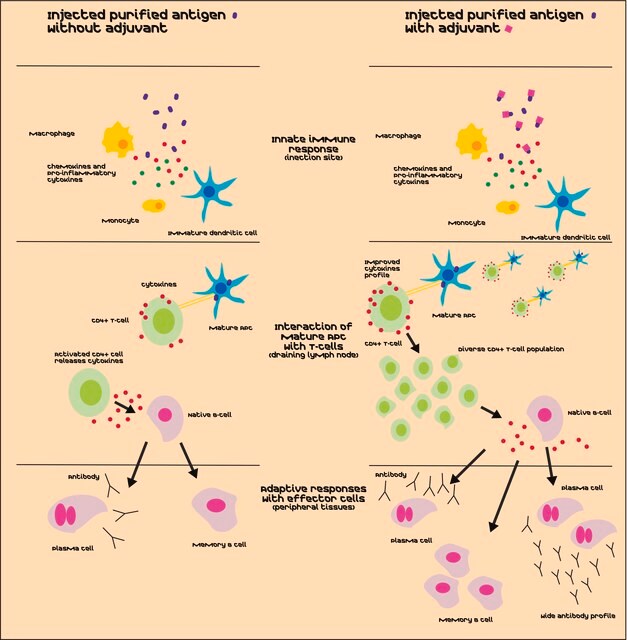G9797
GW9508
≥98% (HPLC)
Synonym(s):
4-(3-Phenoxybenzylamino)phenylpropionic acid
About This Item
Recommended Products
Assay
≥98% (HPLC)
form
powder
color
white
solubility
DMSO: >20 mg/mL
storage temp.
2-8°C
SMILES string
OC(=O)CCc1ccc(NCc2cccc(Oc3ccccc3)c2)cc1
InChI
1S/C22H21NO3/c24-22(25)14-11-17-9-12-19(13-10-17)23-16-18-5-4-8-21(15-18)26-20-6-2-1-3-7-20/h1-10,12-13,15,23H,11,14,16H2,(H,24,25)
InChI key
DGENZVKCTGIDRZ-UHFFFAOYSA-N
Application
- cell proliferation assay in pancreatic cancer cells
- in motility assay in melanoma cells
- cell invasion assay in colon cancer cells
Biochem/physiol Actions
Storage Class Code
11 - Combustible Solids
WGK
WGK 3
Personal Protective Equipment
Certificates of Analysis (COA)
Search for Certificates of Analysis (COA) by entering the products Lot/Batch Number. Lot and Batch Numbers can be found on a product’s label following the words ‘Lot’ or ‘Batch’.
Already Own This Product?
Find documentation for the products that you have recently purchased in the Document Library.
Customers Also Viewed
Our team of scientists has experience in all areas of research including Life Science, Material Science, Chemical Synthesis, Chromatography, Analytical and many others.
Contact Technical Service